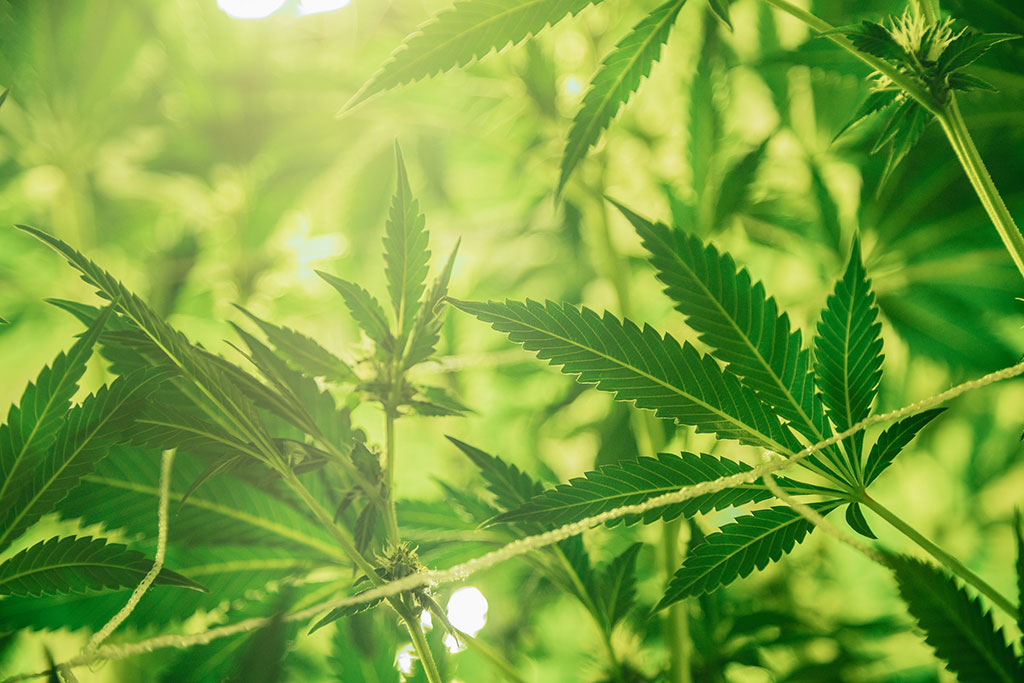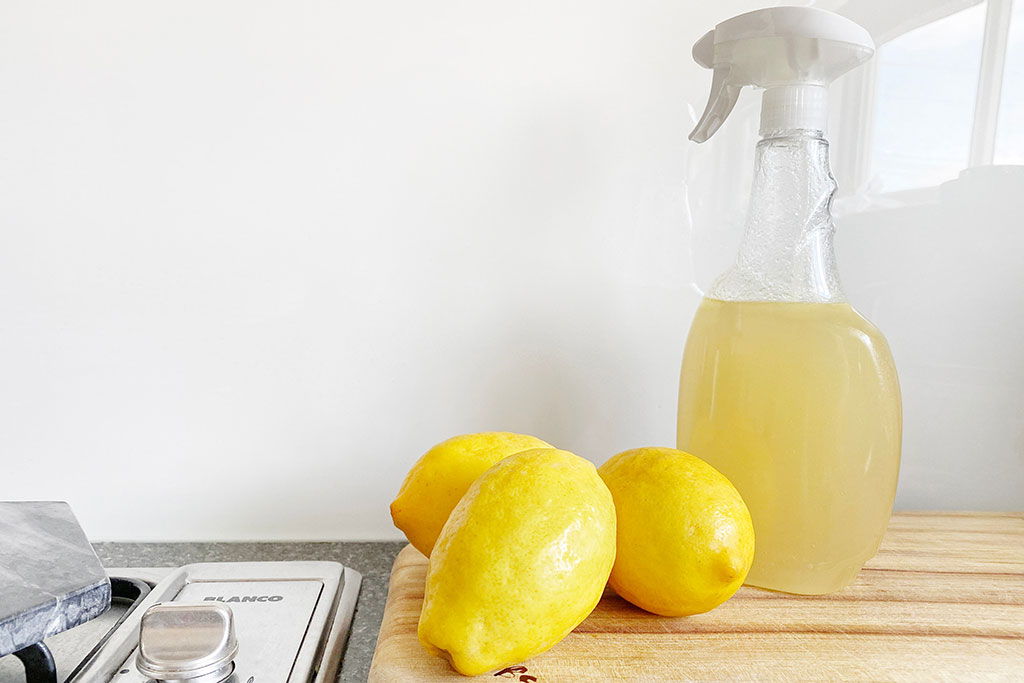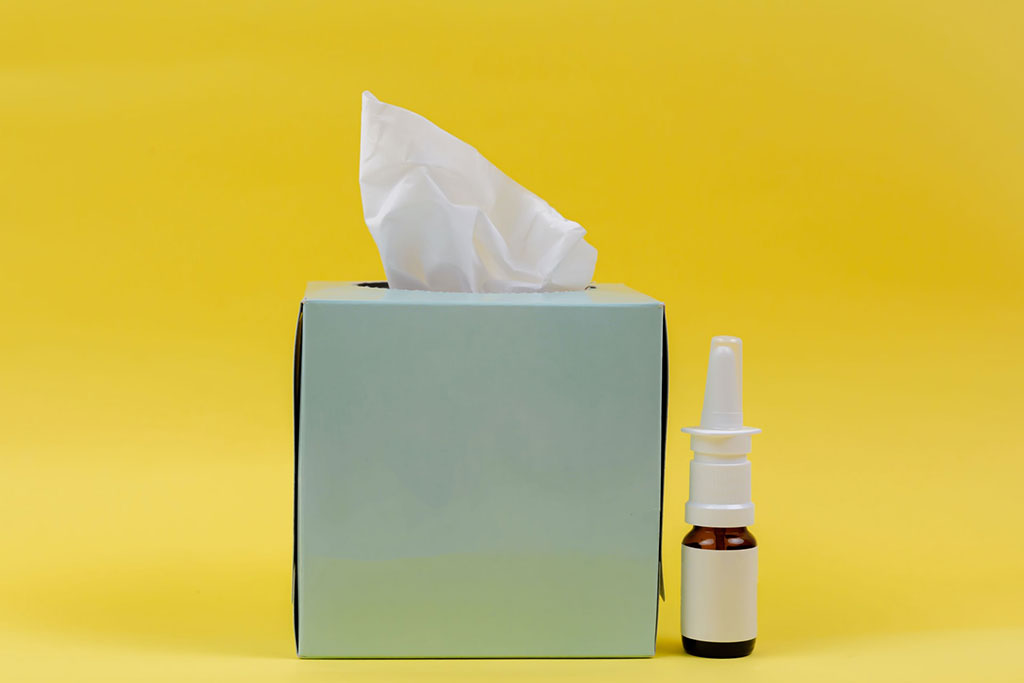It's hard to imagine that a single plant can have over 60,000 uses, from clothing, food, and health products. Hemp has the potential to create products for just about any purpose.
Hemp is a variety of the Cannabis Sativa plant and is known for its tall structure, robust fibers, and CBD production. Unlike the Cannabis Sativa plant, which contains THC (the cannabinoid that gets you high), hemp contains very little THC, which means the plant is non-psychoactive.
You may be wondering, "what can you make with hemp?". Well, continue reading to learn about five products made from this plant and a brief history of hemp and its uses.

A History of Hemp Uses
Due to the plant's versatility and easy-growing nature, humans have been utilizing it for thousands of years, dating back to 8,000 BC. However, when the global prohibition against cannabis began, hemp was clumped with the Cannabis Sativa plant containing THC, making the cultivation of hemp (and its many uses) illegal.
As the global prohibition against cannabis is coming to a close, hemp is once again being used in many industries. The plant is so fibrous that one acre of hemp produces as much fiber as two to three acres of cotton. Hemp fiber is not only stronger and softer than cotton, but it's more durable, and it won't mildew over time.
The advantages of hemp aren't limited to this single example, and its uses are almost limitless. It's used to make commercial and industrial products, including rope, textiles, clothing, shoes, food, paper, insulation, biofuel, and bioplastics to name a few.
5 Hemp Products
Some of these products are relatively common, but others may surprise you, so continue reading to discover just some of the things made from hemp.
Hemp Bed Sheets
Hemp bed sheets are woven using the fibers from the plant. Not your typical eco-fad; these sheets are the real deal. You'll enjoy a host of benefits using these sheets, including temperature control, allergy-friendly properties, environmental sustainability, and remarkable comfort.

Delilah Home's 100% organic hemp bed sheets are a perfect addition to your bedroom. The sheets have a one hundred eighty gram thread count, which is over fifty percent thicker than most traditional sheets. They're made entirely from hemp, so you can sleep tight in bedding that's free of toxic chemicals.
This fantastic home product is ethically and responsibly produced in Portugal, using the latest machinery with higher than fair trade wages.
Hemp Milk
The seeds of hemp plants are rich in protein, healthy fats, and minerals, making them highly nutritious. The seeds are blended with water in specific preparations to make hemp milk.

The milk’s flavor is a mixture of nutty and earthy tones, with a creamy texture. Like oat or almond milk, you can use hemp milk as a substitute for cow's milk in smoothies, cereal, and coffee, along with a host of other uses.
CBD Oil
If there's an item on this hemp products list that you're aware of, it’s likely CBD oil. Hemp is more straightforward to cultivate due to cannabis-related laws in many nations. This makes it a primary ingredient in many CBD oil products.
The plant contains minimal THC, which is the controversial cannabinoid that has given cannabis its unjustified bad-boy status in society. Hemp contains many other cannabinoids, like the non-psychoactive CBD cannabinoid, which has many medicinal benefits.

Clothing and Other Textiles
Have you ever wondered why we use the word 'canvas' to describe fabrics found in sails, tents, marquees, and backpacks? Historically, the term 'canvas' is derived from the cannabis plant (hemp) used to make these items.
Hemp has long been used in clothing and textiles, and as mentioned above, hemp fibers are softer, stronger, and more durable than cotton. So it makes sense that more brands are choosing to produce clothing from hemp.
Hemp-based clothing is also sustainable and renewable due to its high yields and low impact on the environment.
Biofuel
Yes, you read that correctly. There are many industrial uses of Hemp, and biofuel is one such use. Biofuels are made using every part of the hemp plant (including the plant's flowers) to create cellulosic ethanol.
The plants are harvested and heated with chemicals. Heating the plant matter releases cellulose. Enzymes are added to the cellulose, which breaks it down into sugars. Microbes are added to speed up the fermentation process of the sugars, which eventually creates ethanol. After this, the ethanol is purified and distilled, resulting in hemp-based biofuel.
Summary of Uses for Hemp and its Products
Hemp is praised for its versatility, and rightfully so. Before the cannabis prohibition, the plant was thought to be the next billion-dollar crop. Since its resurgence, we are once again benefitting from its endless applications.
We only skimmed the surface of what hemp is capable of making. There seems to be no stopping what and how the plant can be used. What's not to love about a plant that's easy to grow, environmentally sustainable, and can be used to make thousands of products?
The future of hemp is bright, and we're all for it.




Leave a comment
This site is protected by hCaptcha and the hCaptcha Privacy Policy and Terms of Service apply.